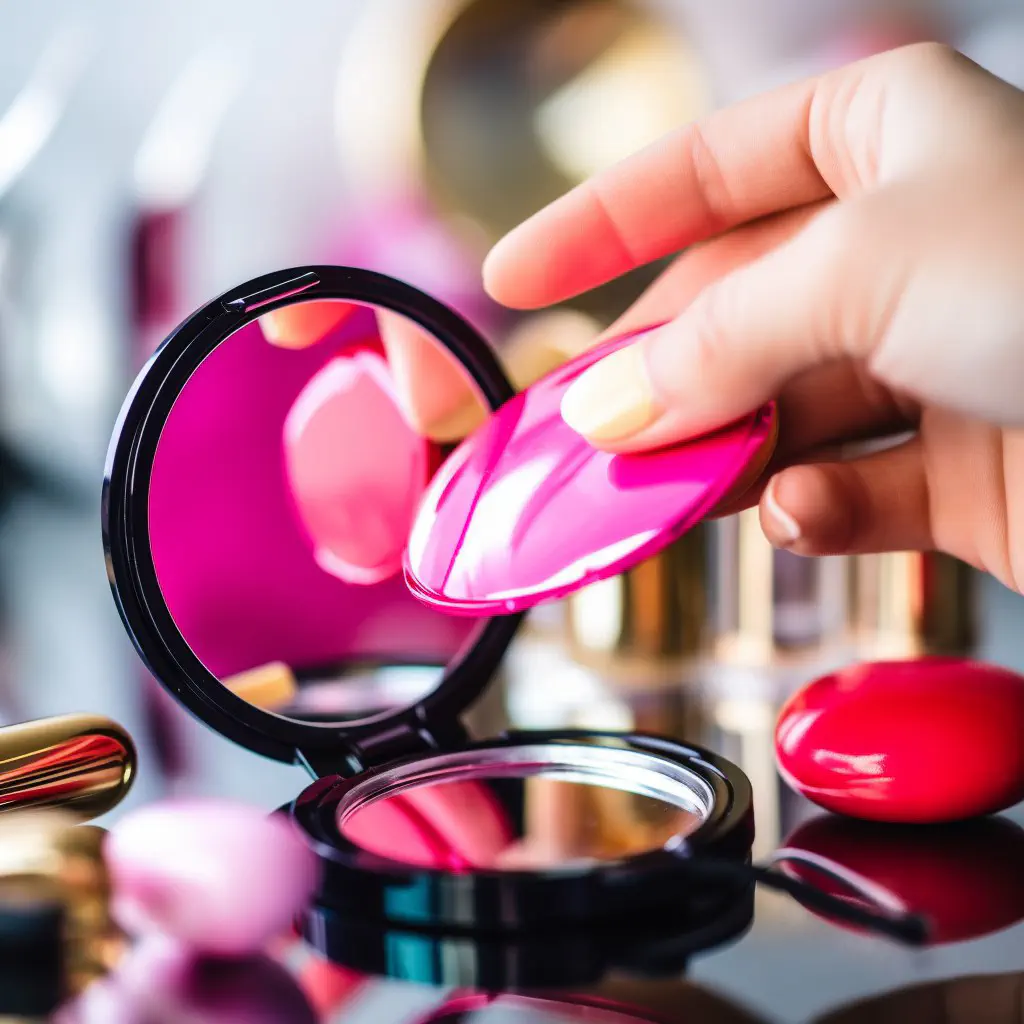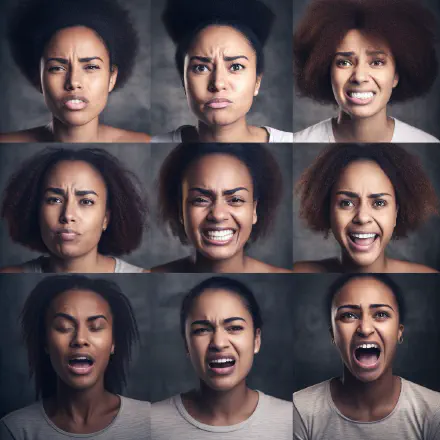
Introduction
The beauty industry is a multi-billion dollar industry, feeding on society’s desire for flawless skin, perfect hair, and the ultimate beauty look. From makeup to skincare to haircare, beauty products are used by millions of people every day. However, the industry’s impact on society’s standards of beauty extends beyond skin-deep - perpetuating unrealistic beauty standards and objectifying men and women alike. It is important to examine the industry’s practices and ingredients to uncover the ugly truths hidden behind the shiny packaging. By doing so, we can make more informed decisions as consumers and hold the industry accountable for its actions.
The Beauty Industry’s Ugly Truths
The beauty industry is one of the largest and most profitable industries in the world, with global sales estimated to be over $500 billion annually. However, behind the glamour and glitz lies a darker truth. Here are some of the industry’s ugly truths:
Harmful and Potentially Toxic Ingredients
Many beauty products contain harmful and potentially toxic ingredients that can cause cancer, birth defects, and other health problems. For example, the Environmental Working Group (EWG) has found that many popular lipsticks contain lead, a toxic heavy metal that can damage the brain and nervous system.
Animal Testing and Cruelty
Animal testing is a common practice in the beauty industry, where animals such as rabbits, mice, and guinea pigs are used to test the safety of products. This practice is extremely cruel and unnecessary, as there are alternative testing methods available that are more accurate and humane.
Perpetuation of Unrealistic Beauty Standards
The beauty industry perpetuates unrealistic beauty standards that are unattainable for most people. The use of airbrushing, photo editing, and other digital manipulation techniques create an unrealistic and unattainable image of beauty. This can have a negative impact on people’s self-esteem and mental health.
Objectification of Women and Men
The beauty industry objectifies women and men by portraying them as sexual objects rather than individuals with unique personalities and characteristics. This can lead to a culture of harassment and sexualization, where people are judged based on their appearance rather than their abilities or qualities.
In summary, the beauty industry’s ugly truths include the use of harmful and potentially toxic ingredients, animal testing and cruelty, perpetuation of unrealistic beauty standards, and objectification of women and men. It is important to be aware of these issues and to advocate for change in the industry.
Industry Watchdogs
The beauty industry is regulated by several organizations that monitor and oversee the safety and ethical practices of companies.
Food and Drug Administration (FDA)
The FDA is responsible for regulating cosmetics under the Federal Food, Drug, and Cosmetic Act. They ensure that all advertised claims are truthful and that the products are safe for consumer use.
Personal Care Products Council (PCPC)
The PCPC represents more than 600 member companies that manufacture and distribute cosmetics and personal care products. They provide guidance and support to their members in areas such as ingredient safety assessments and regulatory compliance.
Environmental Working Group (EWG)
The EWG is a non-profit organization that works to empower consumers to make informed choices about the products they use and the companies they support. They provide consumer guides that rate the safety of thousands of personal care products based on the ingredients and potential health risks.
Leaping Bunny Program
The Leaping Bunny Program is a certification program that ensures no animal testing is used in any phase of a product’s development. Companies can apply for certification and adhere to strict criteria to obtain the Leaping Bunny Logo.
These organizations play an essential role in the oversight of the beauty industry and ultimately ensure the safety and ethical practices of companies. Consumers can use their resources to research products and companies to ensure they align with their values.
The Future of Beauty
The beauty industry is rapidly evolving towards a more sustainable and eco-friendly approach. Consumers are becoming increasingly conscious of their impact on the environment, and the industry is responding to this change.
Natural and Eco-Friendly Products
One of the key changes in the beauty industry is the shift towards natural and eco-friendly products. Many companies are replacing synthetic ingredients with natural alternatives. For instance, instead of using microbeads that harm marine life, companies are opting for natural exfoliants like bamboo or sea salt. Similarly, instead of petroleum-based ingredients, companies are using plant-based ingredients and organic oils.
New Technologies and Innovations
Technological advancements are transforming the beauty industry. For example, 3D printing is now being used to create customized skincare products. This technology allows companies to produce unique products that cater to each person’s unique needs. Moreover, there are applications that use augmented reality to allow customers to try on different makeup looks virtually.
Consumer Power
Consumers have the power to influence the industry’s direction by supporting ethical companies. By choosing to buy from companies that prioritize sustainability and ethical sourcing, consumers can drive change in the industry. Furthermore, social media has become a powerful tool for consumers to demand accountability and transparency from companies.
In conclusion, the beauty industry is gradually moving towards ethical and sustainable practices. Consumers play a vital role in this transformation by supporting companies that prioritize natural ingredients and eco-friendly practices. As the industry continues to evolve, it is important to remain critical and demand accountability and transparency from industry players.
Conclusion
In conclusion, the beauty industry has a significant impact on society’s standards of beauty. However, it often operates with harmful and potentially toxic ingredients, perpetuates unrealistic beauty standards, and objectifies women and men.
Fortunately, there are industry watchdogs and organizations that monitor and regulate the industry, ensuring consumer safety and ethical practices. As consumers, we can use our purchasing power to drive change in the industry by supporting ethical companies that use natural and eco-friendly products.
Looking towards the future, the beauty industry is trending towards using more natural and sustainable ingredients and incorporating innovative technologies. It’s essential to remain critical consumers and educate ourselves on the products we use and the companies we support.
As we continue to uncover the ugly truths in the beauty industry, it’s crucial to support companies that prioritize transparency, safety, and ethical practices. Together, we can drive positive change and promote a healthier and more inclusive beauty industry for all.
“Beauty, to me, is about being comfortable in your skin. That, or a kick-ass red lipstick.” - Gwyneth Paltrow


